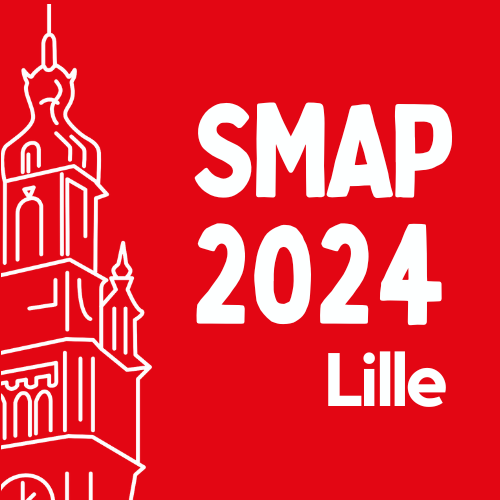
Session: Parallel session 5 - New topics in OMICs
Linking spatial to functional proteomics on heterogeneous samples: The “pixel-by-pixel” shotgun proteomic approach
Proteins are crucial for assessing cell health and activity, yet proteomics of biological tissues faces challenges due to sample heterogeneity. Mass spectrometry imaging offers spatial information with limited functional insights, while laser capture microdissection shotgun proteomics provides detailed proteome data but sacrifices spatial resolution. We propose a novel technique, called pixel-by-pixel shotgun proteomics (Pixel2 Proteomics), combining laser microdissection with proteomics. This approach was tested on patient-derived xenografts from triple-negative breast cancer tissues, both treated and untreated with anti-cancer drugs. Tissues were initially preserved in formalin-fixed paraffin-embedded (FFPE) form and sectioned into 5 µm and 10 µm slices. The 10 µm slices underwent matrix-assisted laser desorption/ionization mass spectrometry imaging (MALDI-MSI) following on-tissue digestion with trypsin or PNGase to release peptides and glycans. Hierarchical clustering of MSI pixels revealed heterogeneous regions, with trypsin and PNGase digestion identifying more heterogeneity compared to hematoxylin and eosin (H&E) staining. The 5 µm tissues were microdissected on polyethylene naphthalate (PEN) slides into areas of 2,500 µm², following a systematic grid pattern. Subsequent microdissection of both drug-treated and untreated tissues led to the identification of 1,000 to 3,000 proteins per sample. This analysis highlighted proteins specific to peripheral, inflammatory, and hypoxic regions and the impact of the anti-tumor treatment. This method provides detailed spatial and functional insights into tissue heterogeneity, demonstrating its potential to advance tissue-based proteomic studies. In perspective, we plan to combine single-cell proteomic (SCP) analyses from the same tissue and deconvolute pixel-by-pixel microdissection data using SCP, enabling the identification and spatial distribution of different cellular phenotypes within heterogeneous tissues.